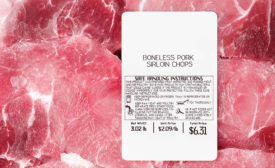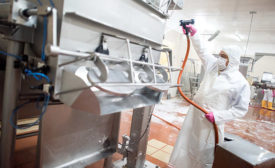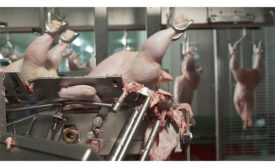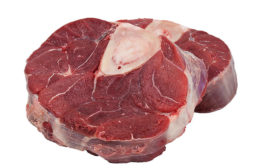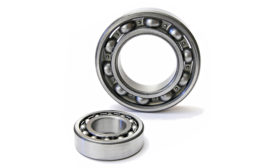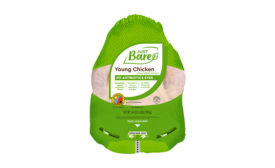Meat and Poultry Processing
Tech | Sanitation
Sanitizers get back to basics
When it comes to sanitizing products and equipment, there is an increased interest in materials that have been around for years but not fully utilized.
Read More
Tech | Slicing
Embrace best cutting technology and methods to boost product yield.
Keep cutting in the crosshairs
Read More
Cover Story | Organic
Organic’s time to shine
Bell & Evans spearheads initiative to ensure growth in organic chicken by partnering to significantly boost organic grain production in the U.S.
Read More
Tech | Poultry Packaging Solutions
Poultry packaging packs a bigger punch
Packaging that is eco-friendly, visually appealing and features elements that help to extend the shelf life of poultry is increasingly prominent.
Read More
Stay ahead of the curve. Unlock a dose of cutting-edge insights.
Receive our premium content directly to your inbox.
SIGN-UP TODAYCopyright ©2024. All Rights Reserved BNP Media.
Design, CMS, Hosting & Web Development :: ePublishing
